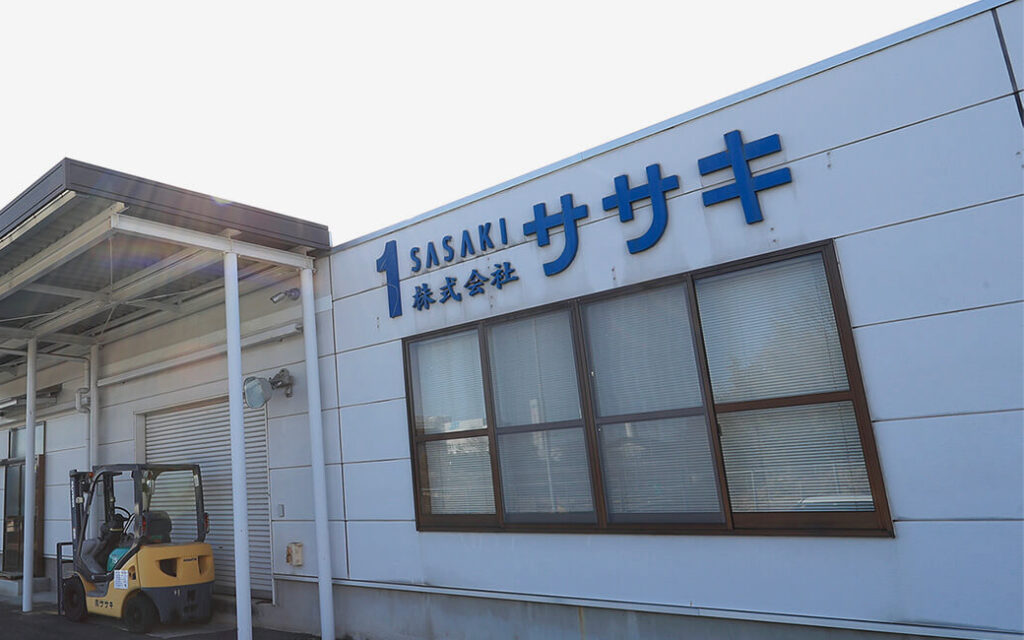Case Study - Sasaki

Brief information about the company:
Name: Sasaki
Number of Employees: 274 (As of March 31st, 2021)
Location: Yamanashi Prefecture, Nirasaki city
Founded in 1995 December
Industry: Wire harness, electronics manufacturing

Aiming for further business operations efficiency through automation, by choosing EDIFAS we managed to reduce work hours by 30%
As a wire harness and electronics assembly manufacturer, Sasaki Co., Ltd. has earned the trust of many customers by offering small lot production that meets the needs of a wide range of customers. Accurately grasping the flow of the times, they are currently dealing with companies in various industries such as aerospace and defense, automobile R & D, and physical equipment, focusing on the industrial equipment field. We interviewed Mr. Keiji Sasaki, President, and CEO, and Mr. Kenzo Mizukami, Manager of Purchasing Section, Materials Department, about the background of the deployment of EDIFAS and what kind of business tasks it solved.
-Could you tell us why you decided to deploy EDIFAS?
We were aiming to reduce work time and improve productivity by moving all the manual tasks to the system. There were many repetitive tasks performed by purchasing department, such as quality control and delivery date management of parts procurement, sending purchase orders, FAX sending and receiving, mailing work, etc., and being able to improve operations and secure more productive work was one of our main business tasks. At that time, we thought that if we deployed a new system, the operations mentioned previously could be automated, and we could shift our focus to other work. Then, an IT coordinator introduced EDIFAS to us, and after thorough consideration, we decided to go with it. EDIFAS complies with the EDI that is common to small and medium-sized enterprises promoted by the government and addresses all the issues that we wanted to solve, so we decided to deploy it.
-What did you manage to achieve by deploying EDIFAS?
First, the time required to perform tasks has been noticeably shortened. For example, if previously faxing and sending an order form used to take about 25 seconds per sheet, after the deployment of EDIFAS it can now be completed within 5 seconds per sheet. Of course, since we rarely send only one order form, the work time has been shortened in proportion to the number of sheets. Similarly, it took about 25 seconds to load the order data for each item and manually reflect it in the system, but after the automation, it can be completed in almost 0 seconds. In addition, for the receiving, acceptance, and inspection processes, we applied the delivery slip with the barcode together with EDI, which enabled data entry tasks that would usually take about 25 seconds to be completed in about 5 seconds. Thanks to the time reduction, the number of items that can be processed in a day has increased substantially. Furthermore, with automation, we managed to eliminate errors and realized detailed forecast confirmation and reduction of overtime hours.
-Did you feel any troubles or difficulties during the period from implementation to operation?
It took about three months from deployment to operation, which was a much shorter period than we expected. Well, that’s because EDIFAS is simple to operate and user-friendly. We even received comments from our customers and partners that EDIFAS is easy to use. And the support system is also very good. The response to my inquiry email just after 15 minutes after I sent it was very quick and helpful.



